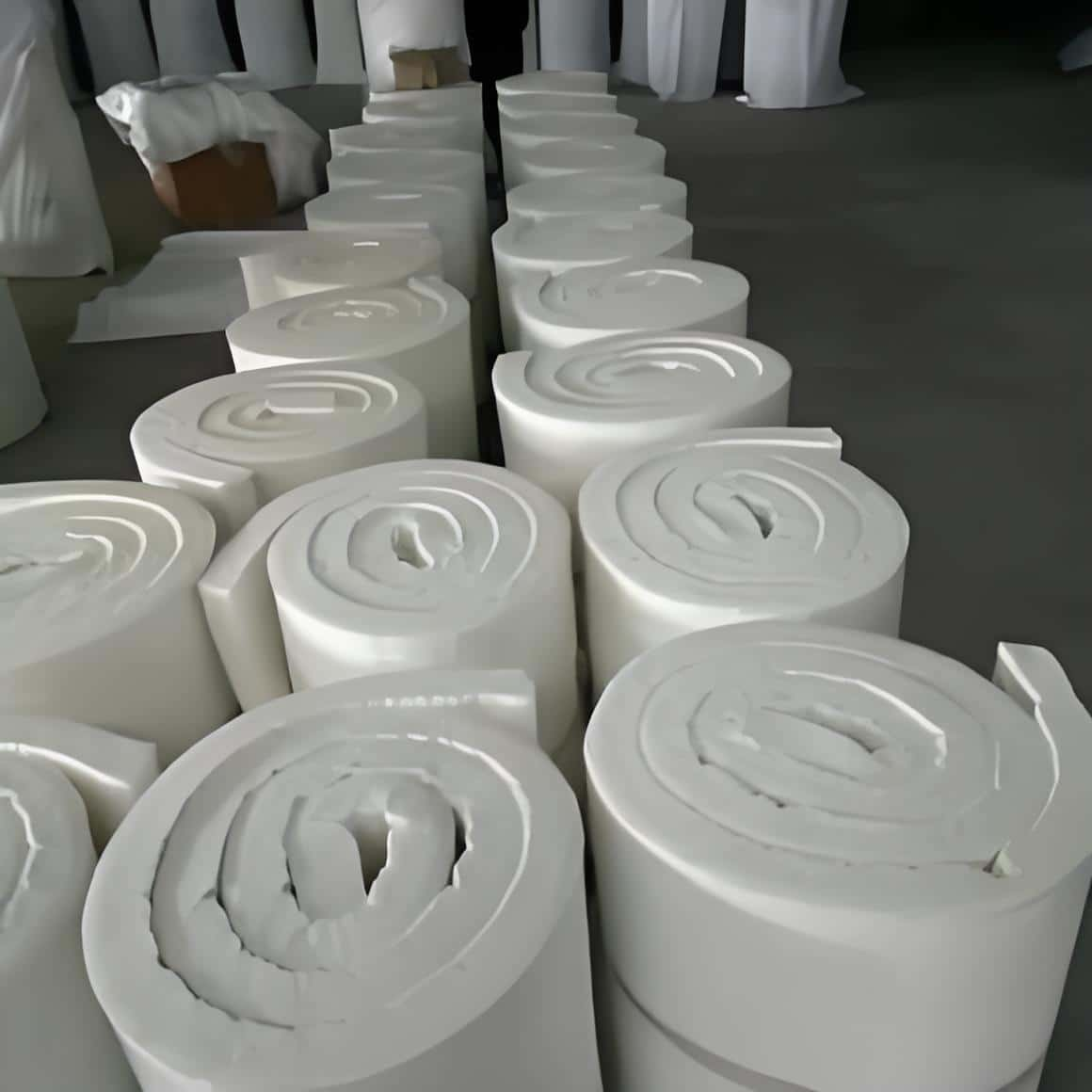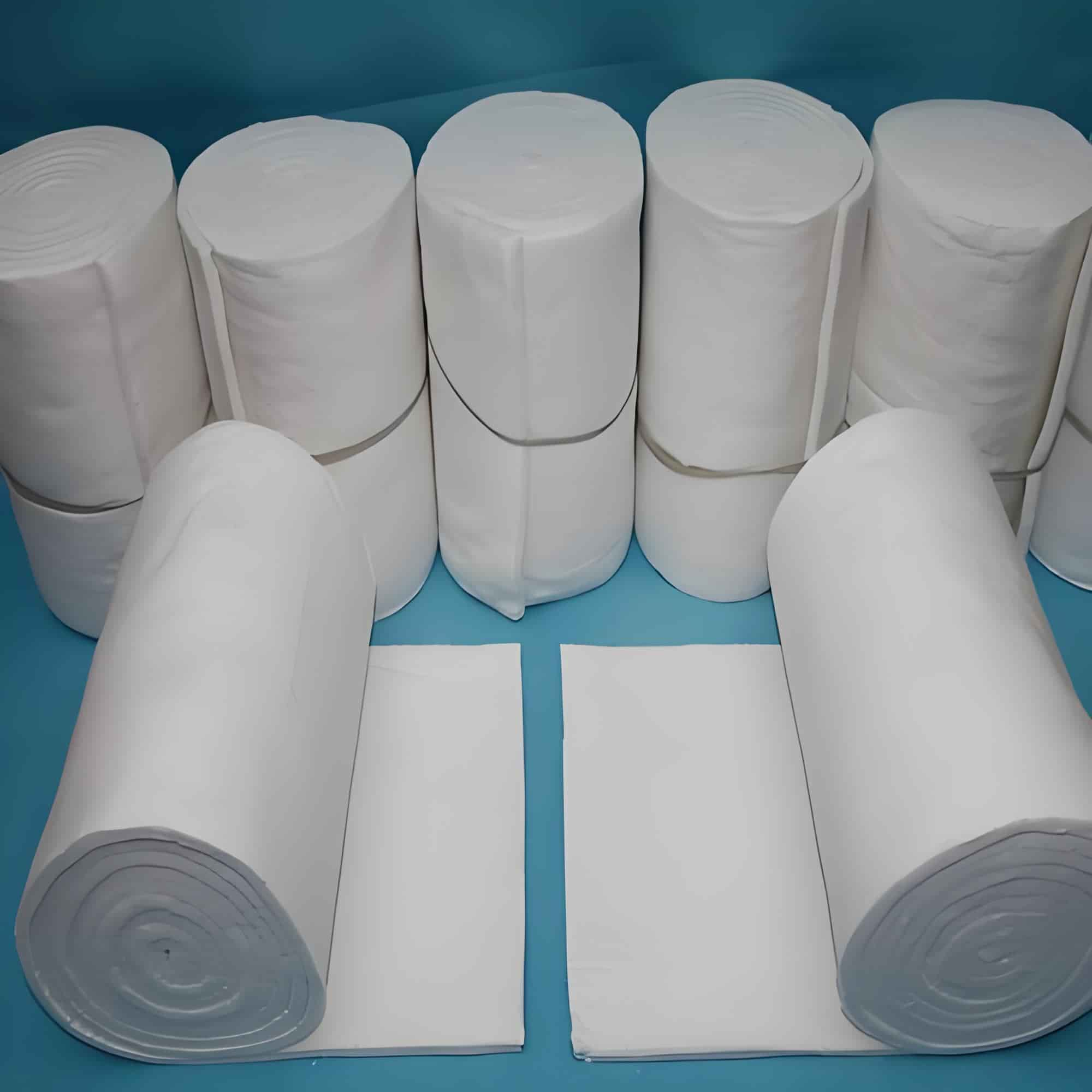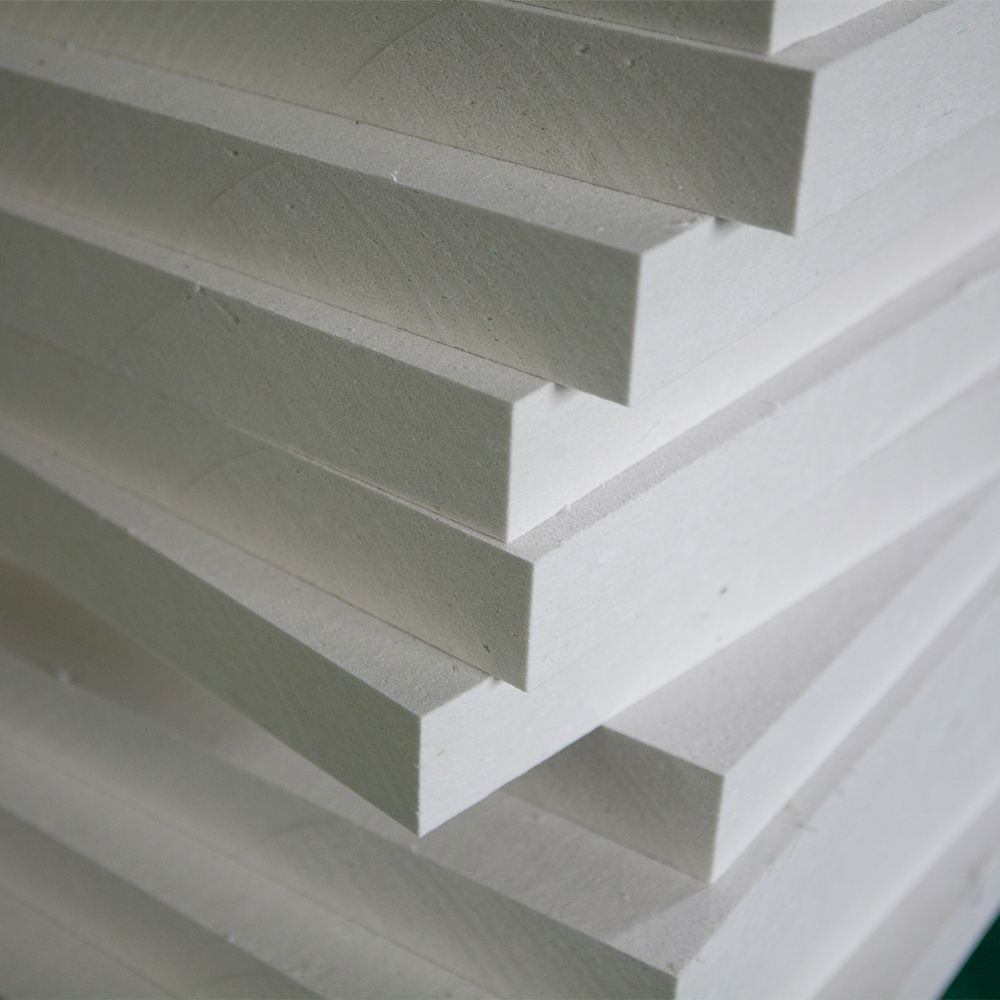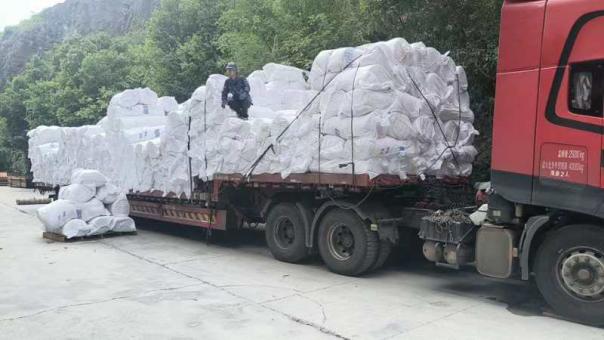Ceramic fiber blankets have become the go-to insulation solution for industries battling extreme heat, energy inefficiency, and safety challenges. this lightweight, high-performance material is replacing traditional refractories like mineral wool and firebrick. Here’s a deep dive into the 7 key benefits driving this shift, supported by technical data, real-world applications, and cost analysis.

1. Unmatched Temperature Resistance (Up to 1430°C)
Ceramic fiber blankets excel in extreme heat environments, outperforming most alternatives:
| Material |
Max Operating Temp |
Thermal Conductivity (600°C) |
| Ceramic Fiber Blanket |
1430°C |
0.12 W/m·K |
| Mineral Wool |
800°C |
0.25 W/m·K |
| Firebrick |
1200°C |
1.0 W/m·K |
Applications:
- Steelmaking: Ladle covers, tundish linings.
- Petrochemical: Cracking furnace insulation.
- Aerospace: Rocket engine test stand protection.
2. Energy Savings of 20-40%
By drastically reducing heat loss, ceramic fiber blankets lower fuel consumption and carbon emissions:
- Case Study: A glass factory reduced natural gas usage by 28% after lining its 1350°C melter with 50mm zirconia-enhanced blankets.
- Thermal Efficiency: Low thermal conductivity (0.12 W/m·K at 600°C) traps heat 8x better than firebrick.
Cost Savings:
- ROI Calculation: A 10,000blanketinstallationcansave50,000/year in energy costs for a mid-sized furnace.
3. Lightweight & Easy to Install
Weighing 90% less than traditional firebrick, ceramic fiber blankets simplify logistics and labor:
- Weight Comparison:
- Ceramic fiber blanket (128 kg/m³): 1.3 kg/m² (25mm thickness).
- Firebrick (2300 kg/m³): 57.5 kg/m² (114mm thickness).
- Installation Speed: A furnace reline takes 3 days vs. 2 weeks for brickwork.
Installation Tips:
- Use 304 stainless steel anchors spaced ≤300mm apart.
- Layer blankets with 15% compression to eliminate gaps.
4. Superior Safety: Fireproof & Non-Toxic
Ceramic fiber blankets meet stringent safety standards:
- Fire Rating: Class A/1 (non-combustible per ASTM E136).
- Toxicity: Complies with NEC Directive 97/69/EC (low biopersistence fibers).
- Chemical Resistance: Unaffected by oil, steam, or acidic flue gases.
Safety Certifications:
- ISO 22459: Safe handling guidelines.
- REACH & RoHS: Free of asbestos, silica, and heavy metals.
5. Longevity & Low Maintenance
Properly installed blankets last 5-10 years, even in harsh conditions:
- Thermal Stability: ≤2% linear shrinkage at 1260°C (ASTM C892).
- Erosion Resistance: Needle-punched blankets withstand gas velocities up to 30 m/s.
Maintenance Best Practices:
- Inspect annually for surface cracks.
- Apply alumina-silicate coating to high-erosion zones.
6. Versatility Across Industries
From heavy industry to high-tech sectors, ceramic fiber blankets adapt to diverse needs:
| Industry |
Use Case |
Key Benefit |
| Power Generation |
Gas turbine insulation |
Reduces casing heat to 65°C |
| Automotive |
Exhaust system heat shields |
Cuts under-hood temps by 40% |
| Foundries |
Molten metal ladle liners |
Prevents skull formation |
| Semiconductor |
CVD reactor insulation |
Ensures process temperature stability |
7. Environmental Sustainability
Ceramic fiber supports green manufacturing goals:
- Recyclability: Crushed blankets can be reused as loose insulation fill.
- Carbon Footprint: Production emits 60% less CO₂ vs. firebrick (per kg).
- Waste Reduction: Modular installation minimizes cutting scraps.



